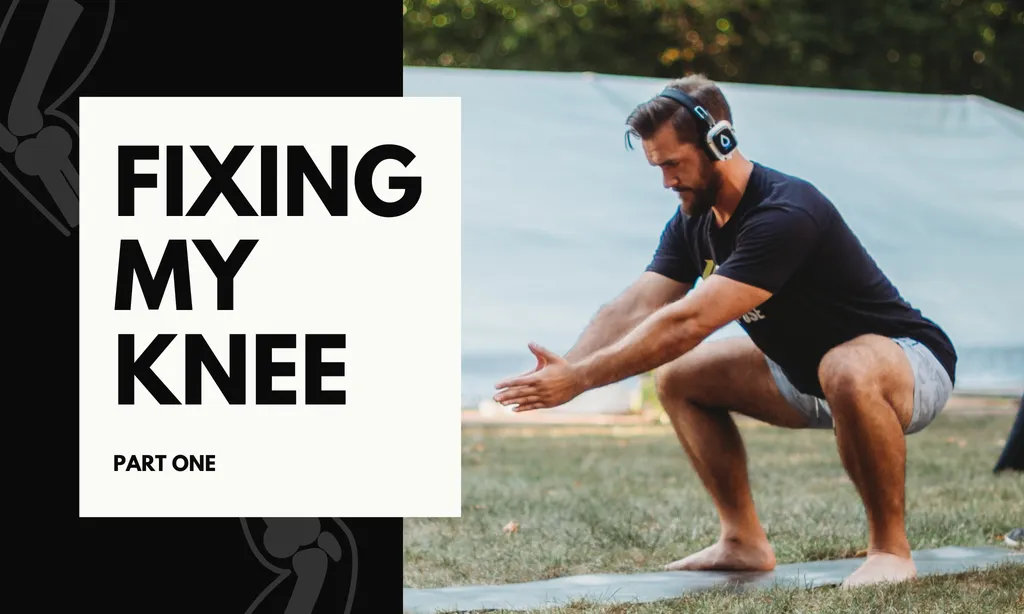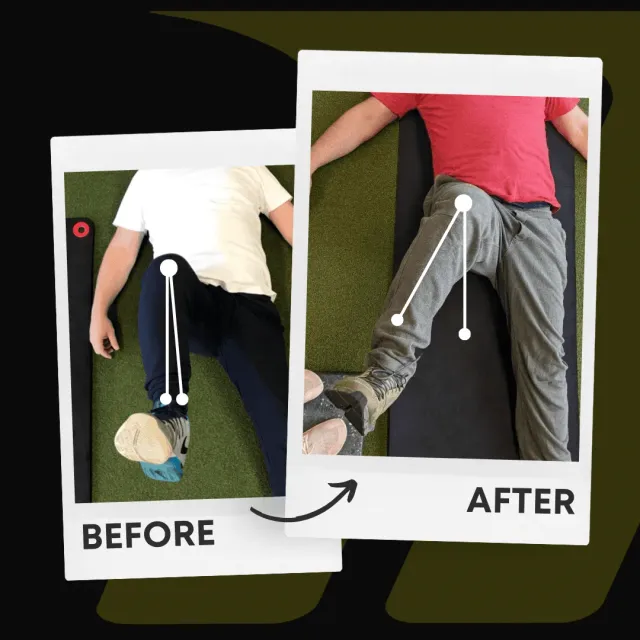Dealing With A Torn Meniscus - Part One
August 14, 2024 | Injuries

It was eighty minutes into one of the closest soccer games I’ve played in. Well, to be fair, I started playing soccer this year for the first time ever, and this was only my sixth game, but still. The heat was beaming down; it had to be at least 100 degrees outside. I was chasing down an offender, and my two fans, Katie and Ferny, were cheering me on on the sidelines when suddenly…
I felt a sharp pain in my knee.
What started as a friendly Saturday league soccer match quickly turned south. As I planted my foot to change direction during a breakaway, my knee buckled beneath me. The pain was immediate and intense, catching me off guard and radiating from a pinpoint location deep inside my knee.
Hobbling off the field, the familiar ache in my knee sent a shiver down my spine. Common knee injuries are prevalent among athletes, and even though I’ve never experienced an injured knee, I’ve had my fair share of tweaks and strains over the years. But this felt different. This was a deep, throbbing pain that wouldn’t subside.
Fearing the worst, I had my knee assessed by a physical therapist friend, who performed a full assessment. The uncertainty of the situation was daunting, and I was anxious to know the extent of the damage.
My Meniscus Tear
Thankfully, it was just a meniscus tear and not something more severe. The relief that washed over me was palpable. However, dealing with a meniscus tear is no walk in the park. Degenerative meniscus tears, which occur from cartilage’s gradual wear and tear over time, can affect anyone regardless of activity level.
The meniscus, those two crescent-shaped pieces of cartilage nestled within the knee joint, act as shock absorbers, distributing weight and stabilizing the joint during movement. The lateral meniscus, located on the outer side of the knee, plays a crucial role in cushioning and stabilizing the joint. The medial meniscus on the inner side is essential for knee stability and is more prone to tears due to its less mobile attachment.
Fearing the worst, I had my knee assessed by a physical therapist friend, who recommended magnetic resonance imaging (MRI) to confirm the diagnosis and evaluate the knee’s cartilage and menisci with detailed imaging. Thankfully, I only have a slightly torn meniscus on the lateral side.
Meniscus tear symptoms can include significant pain, swelling, stiffness, and even a locking sensation in the knee. It can also lead to difficulty in fully straightening the knee or a feeling of instability in the knee. Recognizing these symptoms early can lead to prompt treatment and a quicker recovery.
There are different types of meniscus tears, and the treatment depends on the severity and location of the tear. My physical therapy friend recommended physical therapy to strengthen the muscles surrounding the knee joint and improve stability. While surgery can be an option for certain types of tears, especially complex or degenerative tears, physical therapy can often be very effective for acute tears like mine.
Day Two of Knee Pain
My job is to help people rehabilitate themselves for a living; it would be strange if I couldn’t do the same thing to myself. I started right away.
On day two, I was already in the gym going through my protocols:
-
Knee Flexion PAILs/RAILs: This is to help create “workspace” (i.e., range of motion for my entire knee to move effortlessly.)
-
Knee CARs: Controlled Articular Rotations to warm up, assess, and train the knee.
-
Hip Flexion Passive Range Holds: This is an end-range position of the knee and hip to improve connective tissue capacity, strength, and mobility.
-
Hip Flexion Lift-Offs: This is another end-range position of the knee and hip to improve my capacity to move into ranges that generally feel uncomfortable, especially post meniscus tear.
You can see how I executed these exercises from our Motive Training Instagram.
More Physical Therapy To Come
I’m only nine days in, and it hasn’t been easy. There were days when the pain flared up, tempting me to skip my exercises. But getting back on the field (and back to Muay Thai) fuels my determination. Slowly but surely, I am regaining my strength and mobility in my knee. The pain lessened, and the stiffness gradually subsided. This journey requires commitment, but the results are worth it.
The road to recovery from a knee injury like a meniscus tear is a marathon, not a sprint. But most people can fully recover from a meniscal tear with the proper treatment and a commitment to movement. The key takeaway from my experience? Don’t ignore knee pain. Whether a meniscus tear can heal on its own depends on the tear’s location and blood supply. Early diagnosis and intervention are crucial for preventing further injury and ensuring a full and speedy recovery from the most common knee injuries. This knowledge empowers you to take control of your recovery.
Ultimately, you need to be proactive in helping your meniscus tear. It doesn’t matter if you have a medial meniscus tear or lateral meniscus tear; you need to be working on it as soon as it happens (or even before it does!)
Written by
Brian Murray, FRA, FRSC
Founder of Motive Training
We’ll teach you how to move with purpose so you can lead a healthy, strong, and pain-free life. Our headquarters are in Austin, TX, but you can work with us online by signing up for KINSTRETCH Online or digging deep into one of our Motive Mobility Blueprints.




